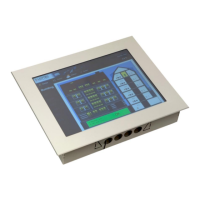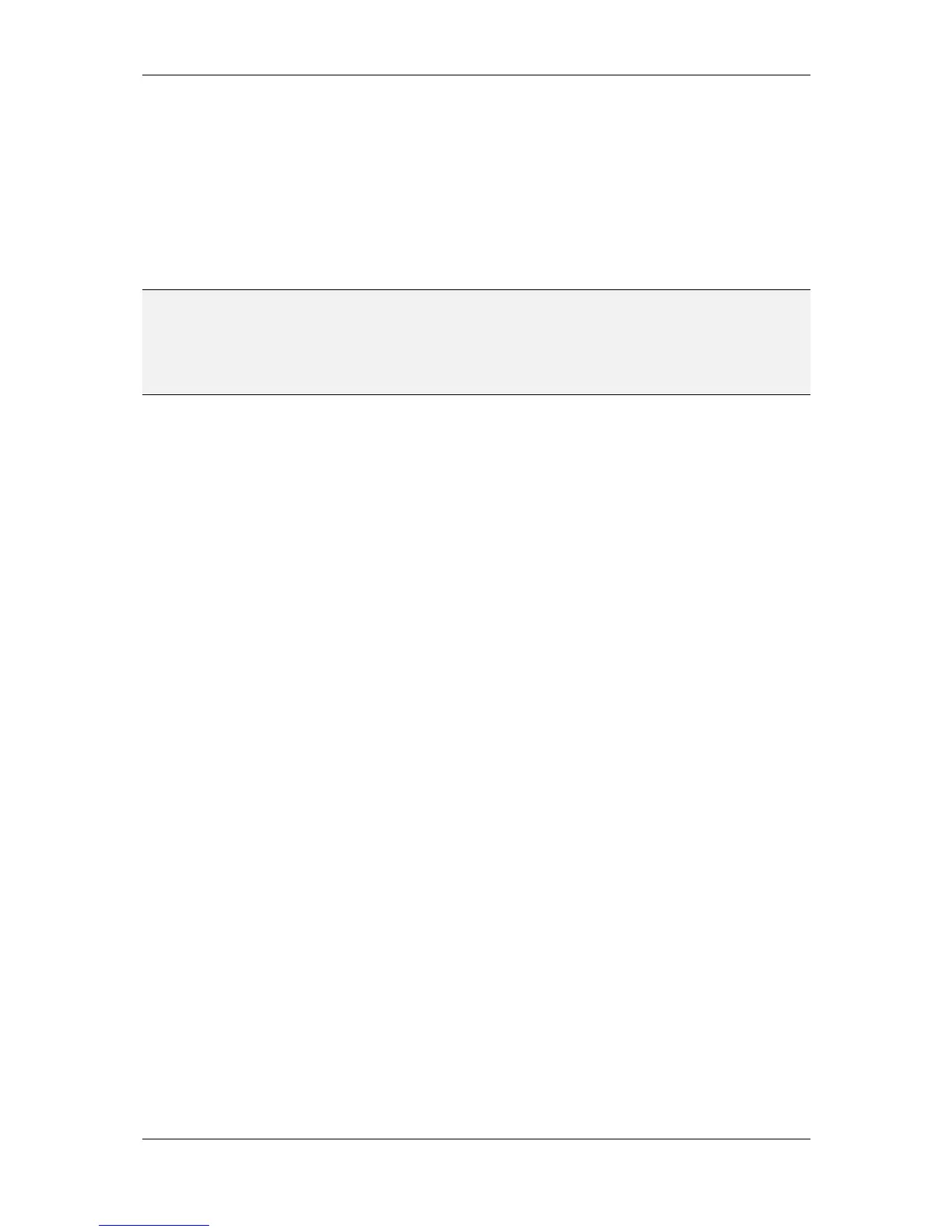L-VIS User Manual 245 LOYTEC
Version 6.2 LOYTEC electronics GmbH
available as input, output, or value object. Since a value object may be read and written,
two data points will be created for each value server object when the project is designed for
firmware before 4.6. For newer projects, a single value data point is created, unless the
project settings indicate that this is an older project which is still using read/write data
points. See Section 11.2.1 for a description of the relevant option.
Note that once created, a value data point is not automatically split into two separate points
when changing the target firmware version from 4.6 or newer to 4.5 or older. Watch out for
value data points before using a project designed for 4.6 or newer on an older device. In
most cases, it is preferable to update the firmware of the old device instead.
NOTE: BACnet defines the direction of data flow from the point of view of the application running
on the L-VIS device. An analog input object therefore accepts input from the user and
transmits this data out to other devices on the network. An analog output object receives
data from the network and outputs it to the application (show data on the display). A
BACnet input object is therefore represented by an output data point, whereas a BACnet
output object is represented by an input data point.
To create a new server object and the required data point(s) to represent it, select the folder
named Server Objects and use the context menu to add a new object. A dialog will open,
requesting the required information to create the new server object. The following data may
be entered:
Datapoint Name: This is the name of the data point representing the BACnet
server object. You may leave this empty, in which case the server object name
will be used.
Object Name: The name of the server object to be created. This is the name
which will be seen by other devices on the network.
Object Type: Select the required object type here. Keep in mind that ‘input’ and
‘output’ here are according to BACnet naming rules for objects, as explained
above.
Engineering Units: Optionally, specify the engineering units for your server
object. This will be available to other devices on the network as a property of
your server object.
Description: As above, optionally specify a description for the server object. In
contrast to the data point description, the description given here will be available
as a property of your server object for other devices or system integrators to read.
Device Type: Optional property for your object, as above.
Once all the required information has been filled in, the button Create Server Object is used
to create the new server object and the required data point(s) to represent it. As explained
before, you will get either two separate read and write data points or a single value data
point, if you create a server object of type ‘value’.
10.16.3.1 Map other Properties than Present_Value
When creating a BACnet server object, the Present_Value property is mapped by the
created data point. That means writing and reading on the data point reads or writes the
Present_Value. If other properties shall be accessed, they must be added to the BACnet
server object’s data point.
To Add other BACnet Properties
1. Select the BACnet server object for adding properties.

